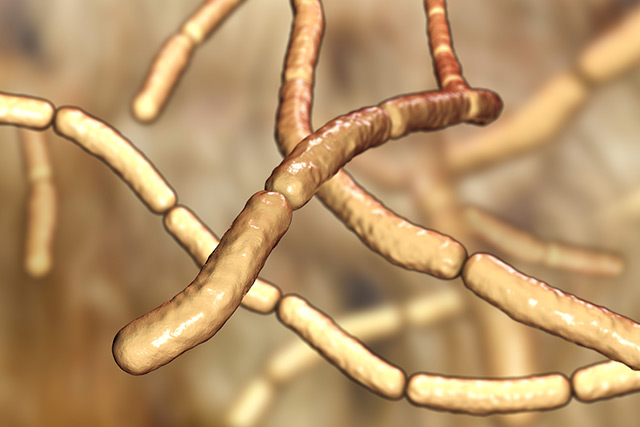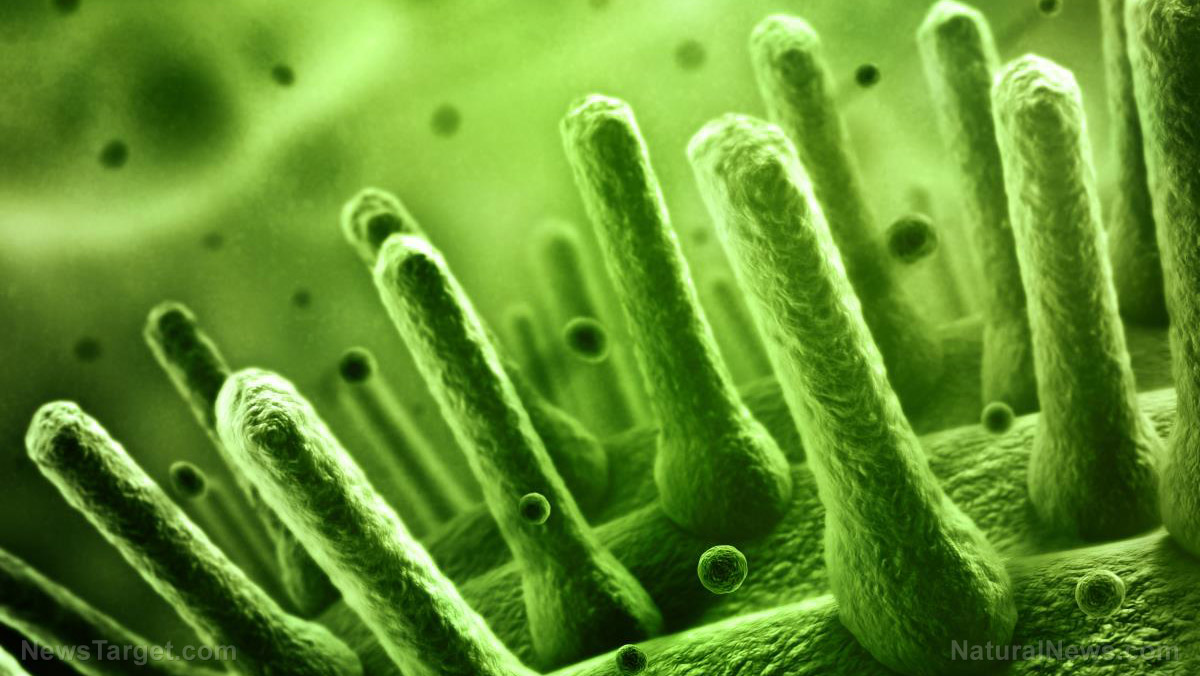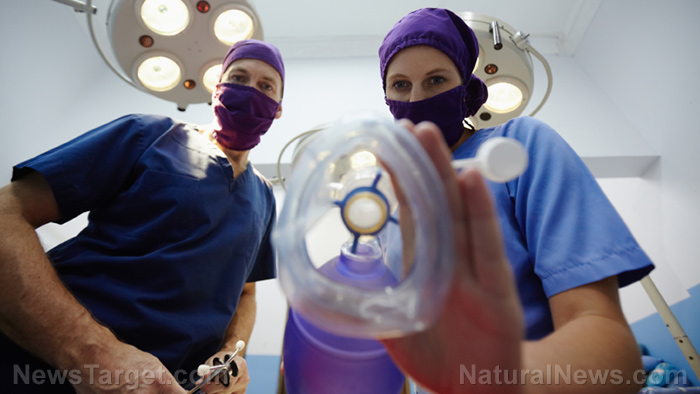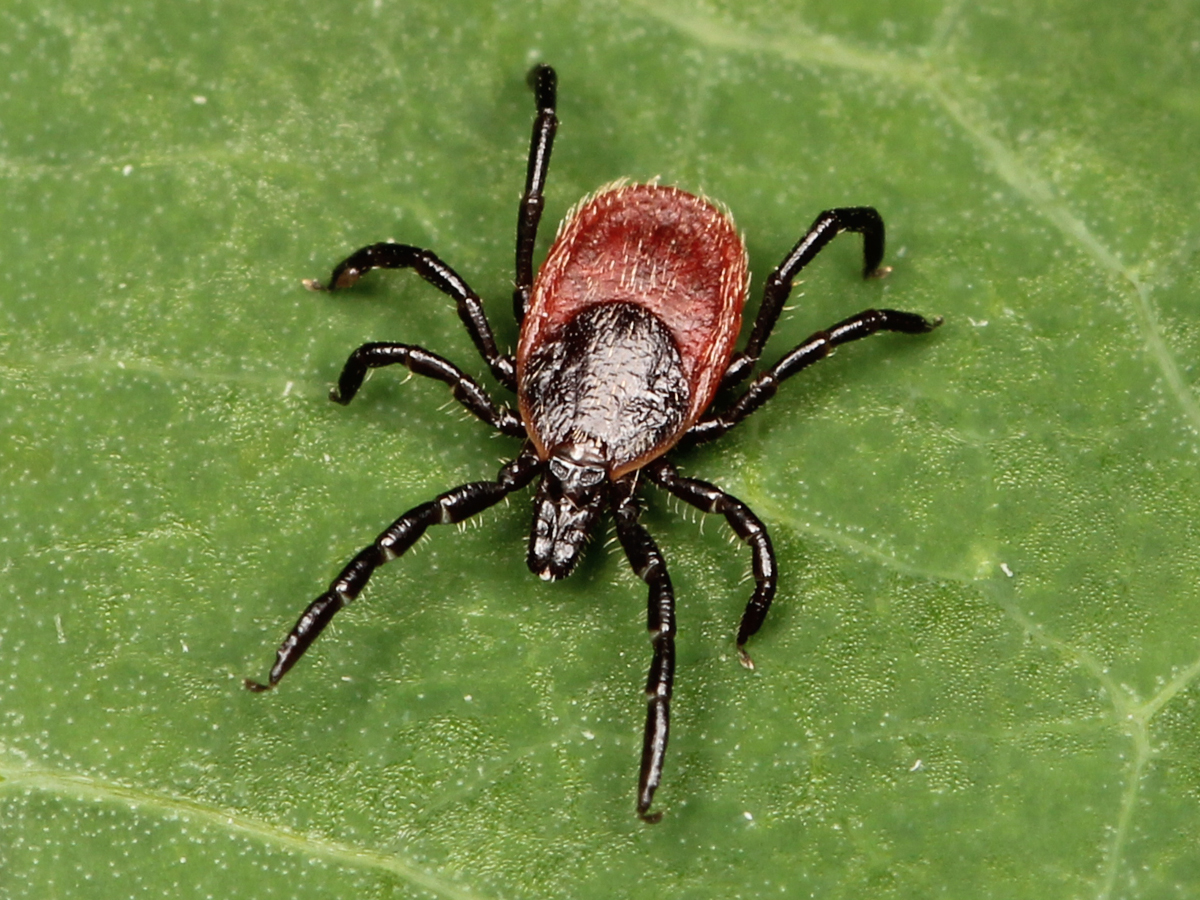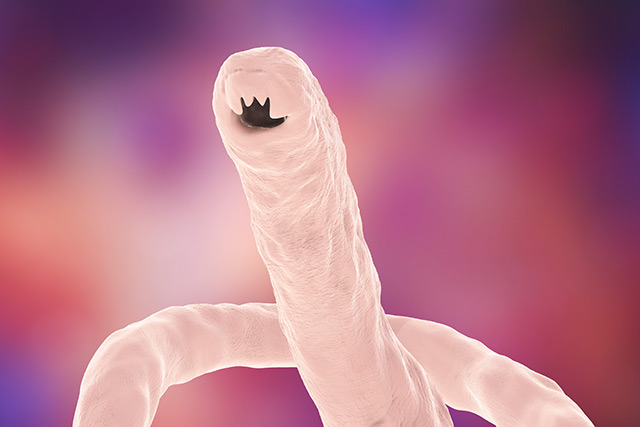Scientists discover unique metabolic pathway of fiber digestion by using ‘metagenomic screening’ on the small intestine
03/11/2019 / By David Williams

While the role of fiber in a balanced diet has always been clear, there are still some questions about how exactly the body handles fiber digestion. Scientists at the French National Institute for Agricultural Research (INRA) recently discovered that the human body is also able to break it down prior to reaching the intestinal microbiota that’s found in the colon. This gives new insight on how gut bacteria function in relation to dietary fiber as well as how it affects overall health.
What the researchers at INRA uncovered was an entirely different set of intestinal microbiota that resides not in the colon, but in the small intestine. To be more specific, they managed to find “fibrolytic potential” in the ileum section of the small intestine, thanks to the use of metagenomic screening.
INRA researchers worked with CNRS to explore the separate intestinal site in order to better understand the numerous bacteria that are known to be residing there. Although rarely studied, enough samples were yielded from it to analyze 20,000 metagenomic clones with large DNA fragments thanks to the joint effort.
All told, the researchers were able to pinpoint 11 different clones that they deemed interesting. And in these clones, there were genes involved in not just the breakdown of dietary fiber — complex polysaccharides in particular — but in the transport of sugars released by the bacteria.
“The researchers found 52 proteins involved in carbohydrate metabolism, half of which are enzymes known as CAZymes that break down various polysaccharides,” states the research report. “Among these, 13 different families of glycoside hydrolases were found.”
After the tests, the researchers also sought to find known matches to the identified genes from ileal microbiota in the MetaHit microbial gene catalogue. Although built from fecal metagenomic samples since there is no catalogue for other intestinal sites, it still provided some useful data. It turns out that more than 1,200 individuals showed a clear abundance of these genes.
There is an existing theory that fibrolytic bacteria in the body is present in several ecological niches that are located all along the intestinal tract. With this study, that has now been made clearer.
For now, the study will continue focusing on the impact of carbohydrate metabolism on the body itself.
Primary role of dietary fiber
To give you a quick refresher on the role that dietary fiber plays in your daily diet, you need to remember that it doesn’t actually release any nutrients into the human body. When fiber gets ingested, it is taken through the stomach and intestines, where it will eventually be broken down to aid in the digestion of other foods. And that is where the nutrients that are needed by the body come from.
Meanwhile, dietary fiber is also helpful for the regulation of bowel movement. It has also been known to slow digestion and prevent blood sugar spikes. It even helps prevent diabetes.
Sources include:
Tagged Under: CNRS, dietary fiber, fibrolytic bacteria, gut bacteria, INRA, proper digestion








